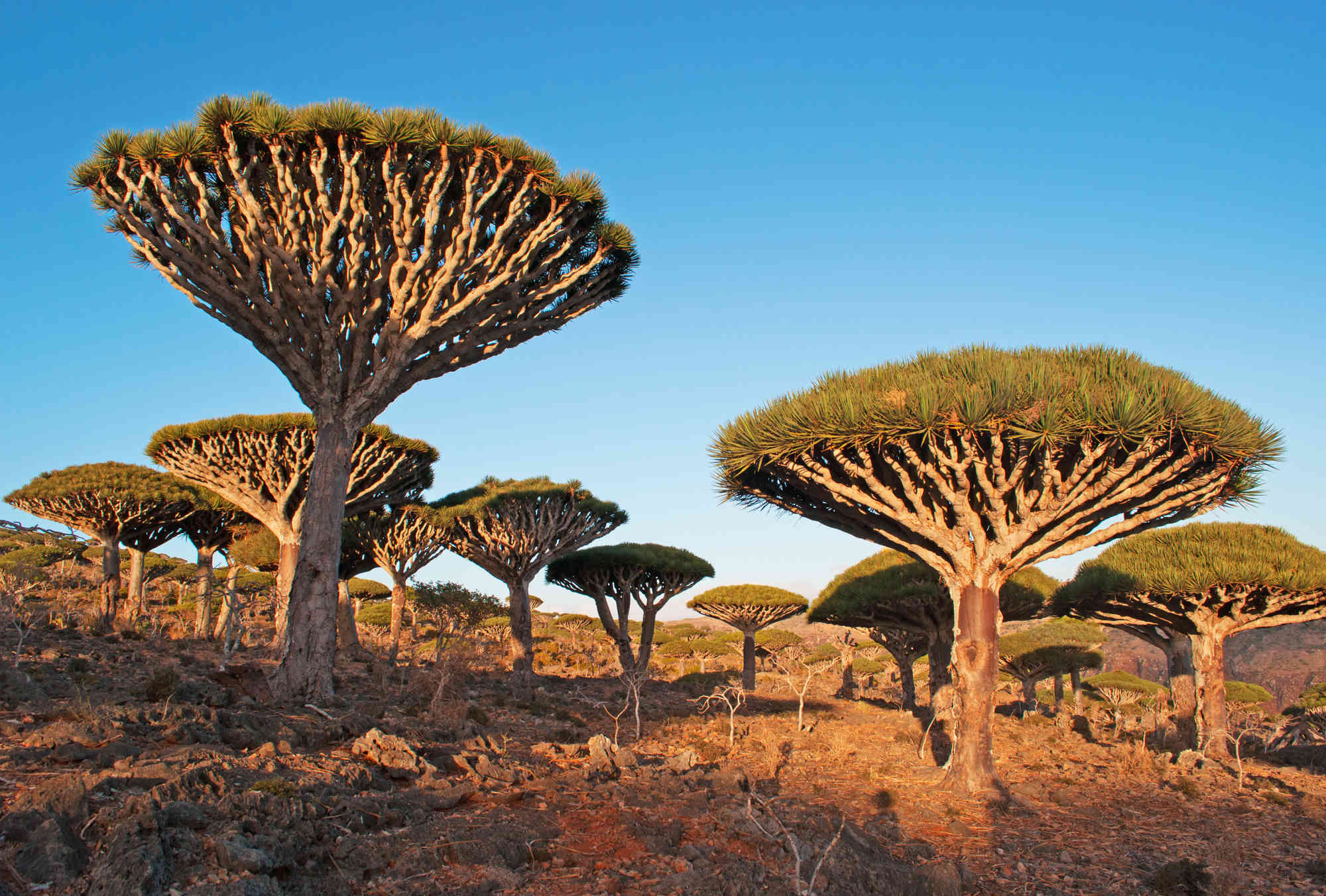In Poland, travelers will have to start their journey to discover some hidden wonders of nature, namely, the twisted trees near Gryfino. They were planted in the 1930s, and no one has found an explanation for the abnormal structure of these woods. On the African continent, Madagascar is highlighted by its magnificent 800-year-old baobabs. Tourists ►
In Poland, travelers will have to start their journey to discover some hidden wonders of nature, namely, the twisted trees near Gryfino. They were planted in the 1930s, and no one has found an explanation for the abnormal structure of these woods. On the African continent, Madagascar is highlighted by its magnificent 800-year-old baobabs. Tourists will be able to admire them in the Menabe region, and their particularity is that they can store nearly 120 m3 of water. The baobabs form a small alley that will undoubtedly dazzle those who will go for a walk in this region. In Namibia, Deadvlei\'s giraffe acacia will impress more than one. Here, the show gives way to dead tree trunks that still stand because they cannot decompose due to the region\'s arid climate. Further afield in Central Asia, an earthquake in 1911 gave way to an extraordinary phenomenon in Kazakhstan. Indeed, at Lake Kaindy, travelers will have the chance to admire a breathtaking spectacle of trees rising off the surface of the lake\'s water. The vast trunks of spruce are placed forward in this place. A little further, Yemen is the next star on this list. In this place, it is the dragon trees of the island of Socotra that are highlighted. Their rarity and tenacity make them rare and endangered species. On the shores of the Arabian Gulf, travelers will have the chance to see the Tree of Life standing alone in the desert near Jebel Dukhan. The explanations are pretty confusing about how it feeds itself and stays alive. On the American continent, tourists will surely be impressed by the famous bark of the Rainbow Eucalyptus in Hawaii. Its particularity is the change in color of its bark that this Tree undergoes as it ages. First, it becomes pale green; then, the bark begins by taking on bluish colors before changing to purple, orange, and brown. It is a real nugget of nature. Tourists will also have the opportunity to see a fun show in Canada by staying in the northern hemisphere. The crooked bush in Saskatchewan province is presented as a twisted tree. Once again, this shape is a real mystery. In South America, particularly in Brazil, there is the Jaboticaba which might frighten some visitors at first glance. These trees are filled with purple marbles that are fruits. Once tourists have tasted these fruits, they cannot do without them. Moreover, the fruits are used to make jam, juice, wine, or liqueurs. In Chile, the famous Araucaria trees are a cross between a palm tree and a pineapple. This species has been cultivated for many years for its wood and seeds, which are edible. However, the Araucaria is now considered endangered. On the other side of the planet, on the Oceania continent, travelers must detour to Australia. There is a unique tree species in the world, and for many years, scientists thought it had disappeared from the earth. However, it was in Australia that they were able to find a forest of Wollemi trees. This tour is worth visiting because they are unavailable in any other location. On the New Zealand side, visitors may not believe their eyes when they see the windswept trees. They were named like that because when the extreme Antarctic winds hit the country\'s Slope Point, they grew at the angle where the winds pushed them. ◄
